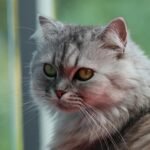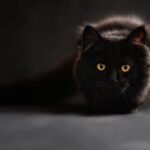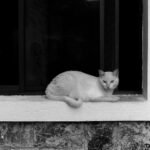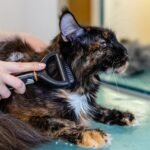In the world of feline companions, communication isn’t always about meows and purrs. While some cats are vocal virtuosos, others express themselves through a unique blend of body language, gestures, and subtle cues. If you’ve ever been intrigued by the silent yet expressive nature of some cats, you’re in for a treat. Let’s explore 10 cat breeds that are masters of non-vocal communication, captivating their human companions with their silent eloquence.
Sphynx: The Expressive Eyebrow
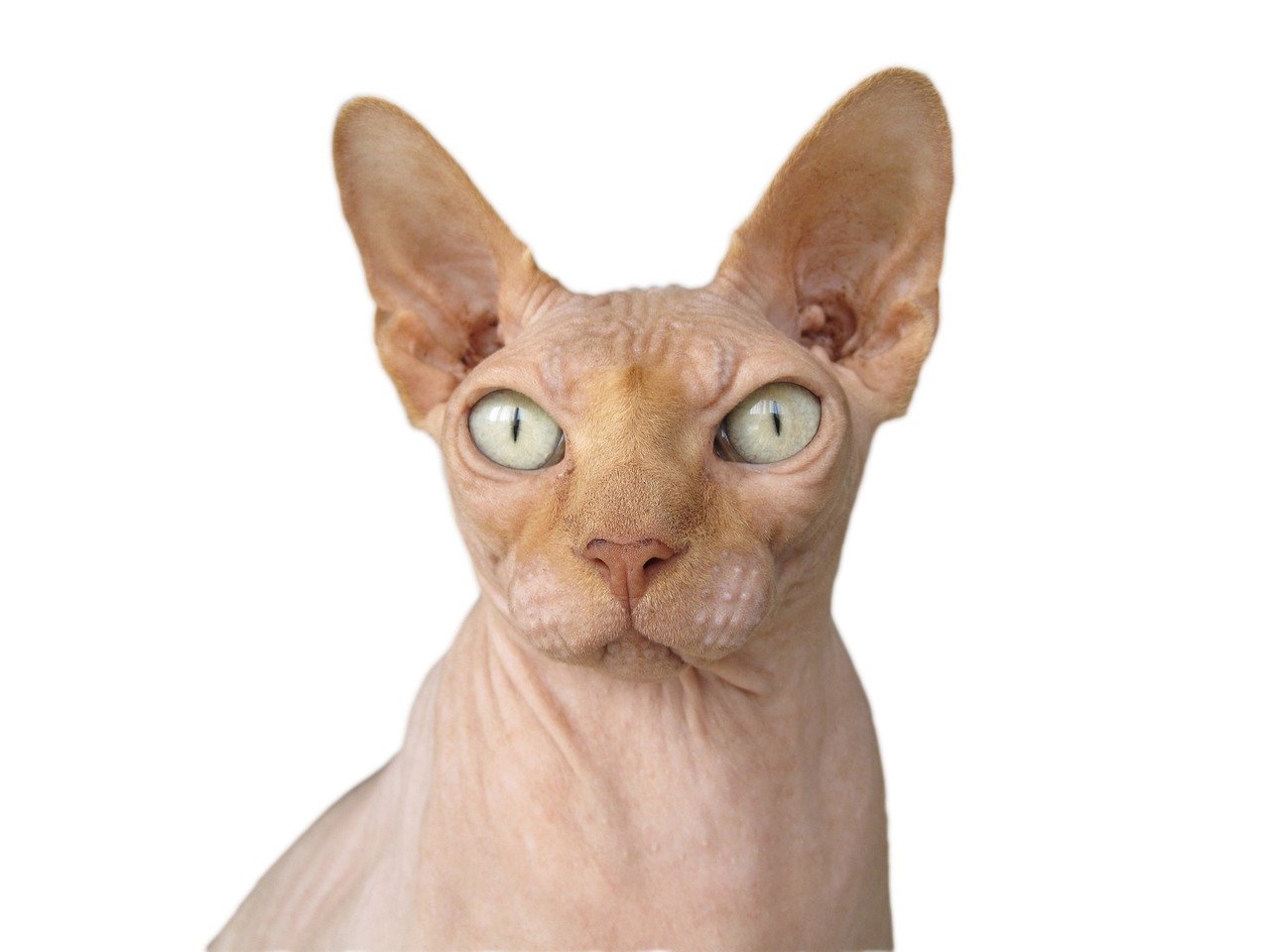
The Sphynx cat, with its distinctive hairless appearance, might seem aloof at first glance. However, this breed is renowned for its expressive facial features, particularly its eyebrows. The Sphynx can communicate a wide range of emotions simply by raising or furrowing its brows. Their large, open eyes also play a crucial role in conveying their feelings, whether they’re curious, content, or in need of attention. Often, a Sphynx will use these facial expressions in tandem with physical gestures like head nudges or curling up next to you, making them highly communicative without a single meow.
Scottish Fold: The Art of the Head Tilt
Known for their unique folded ears, Scottish Folds are masters of the head tilt. This simple yet effective gesture can melt hearts and convey curiosity, confusion, or even a playful challenge. When a Scottish Fold tilts its head, it’s often trying to understand its surroundings or engage with its human companion. This breed also uses its soft, wide eyes to express its emotions, creating a silent dialogue that’s both engaging and endearing. Their subtle communication style makes them perfect companions for those who appreciate quiet yet meaningful interactions.
Bengal: The Agile Communicator
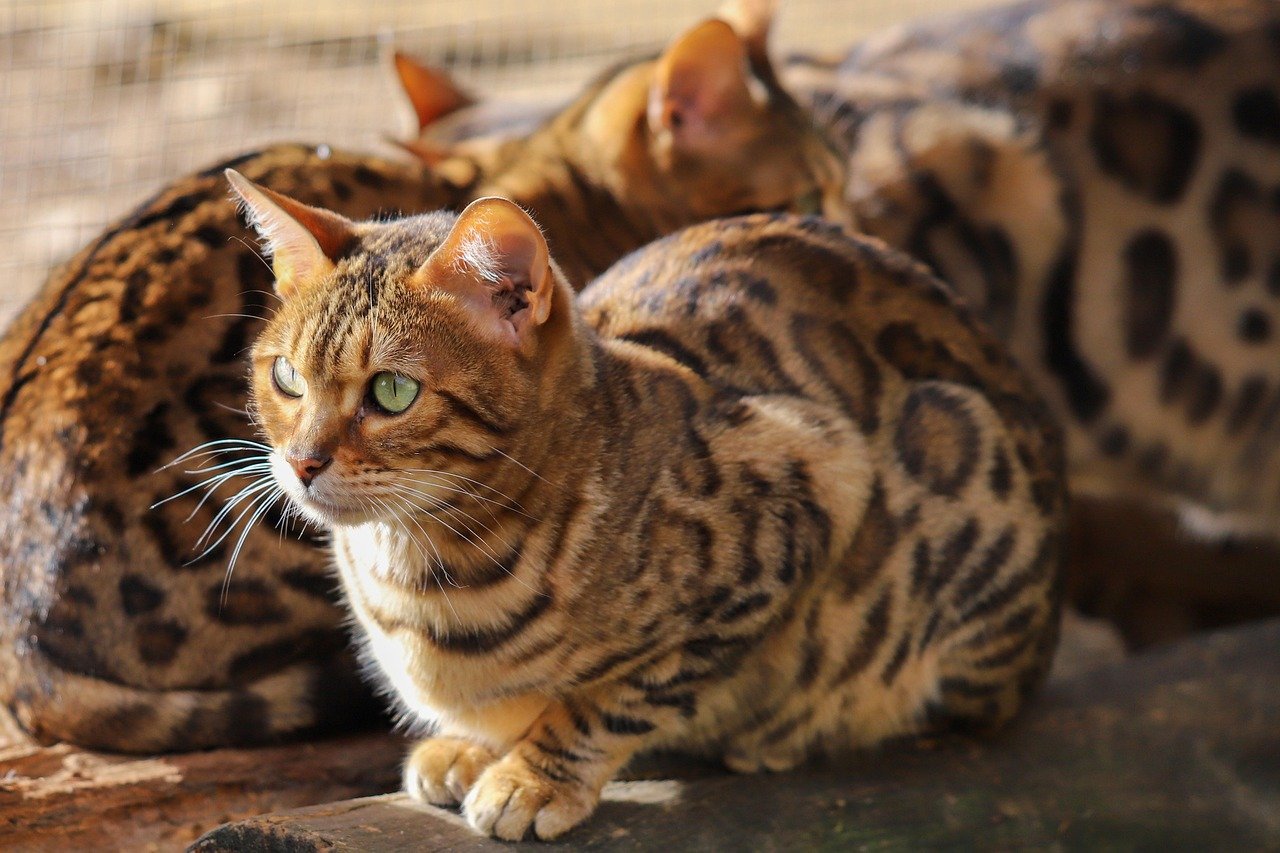
The Bengal cat is not only known for its striking leopard-like appearance but also for its dynamic body language. Agile and energetic, Bengals use their entire bodies to communicate. From playful pounces to gentle pawing, they express emotions and desires with grace and precision. A Bengal’s tail is particularly expressive, often flicking or curling to indicate excitement or curiosity. Their active nature means they’re always on the move, creating a silent ballet of communication that captivates their human companions.
Maine Coon: The Gentle Giant’s Gaze
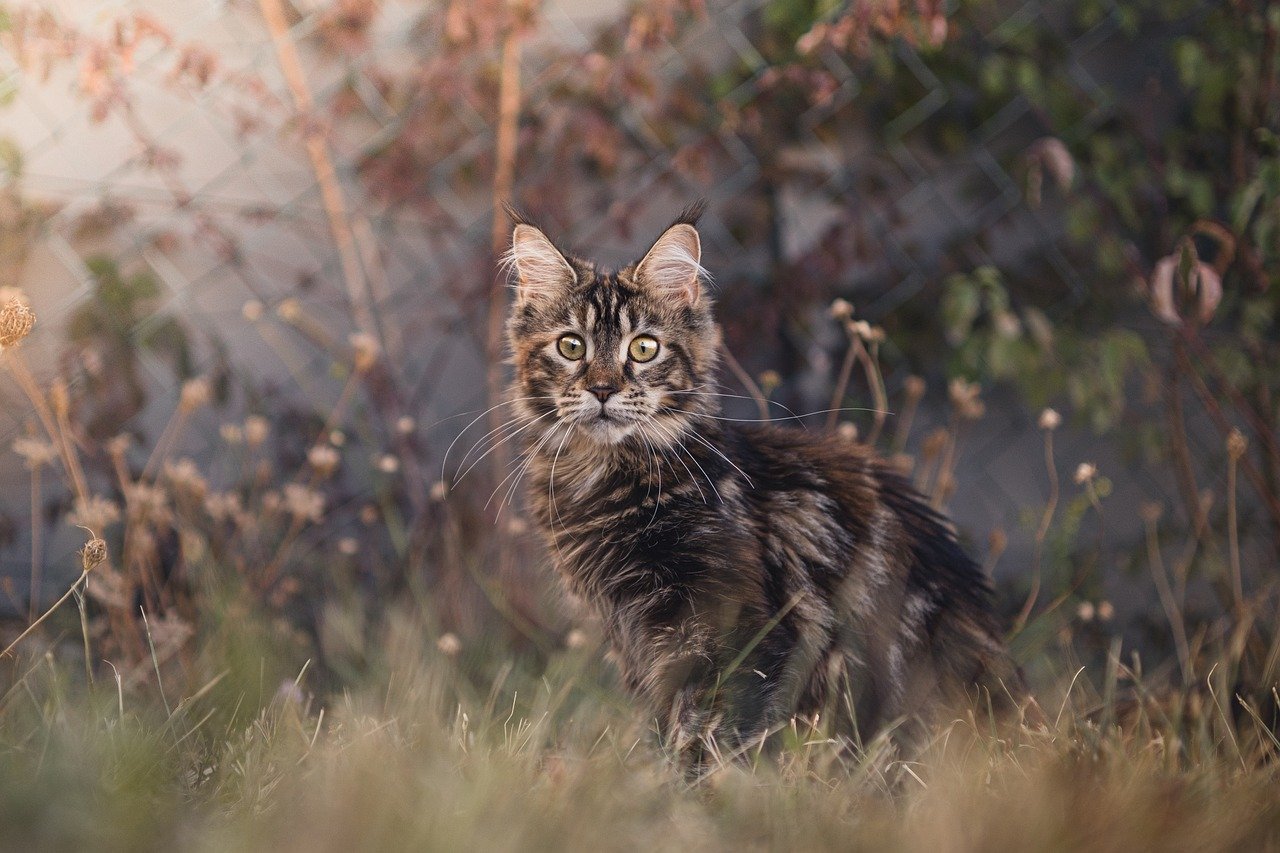
Affectionately known as the gentle giants of the cat world, Maine Coons use their size and presence to communicate effectively. Their large, expressive eyes convey a wealth of emotions, from warmth and affection to a desire for play. Maine Coons are also known for their gentle pawing, which they use to get attention or signal their needs. Despite their size, they are incredibly gentle and often use their body language to reassure and comfort their human companions. Their silent communication is as powerful as their majestic appearance.
British Shorthair: The Subtle Tail Flicker
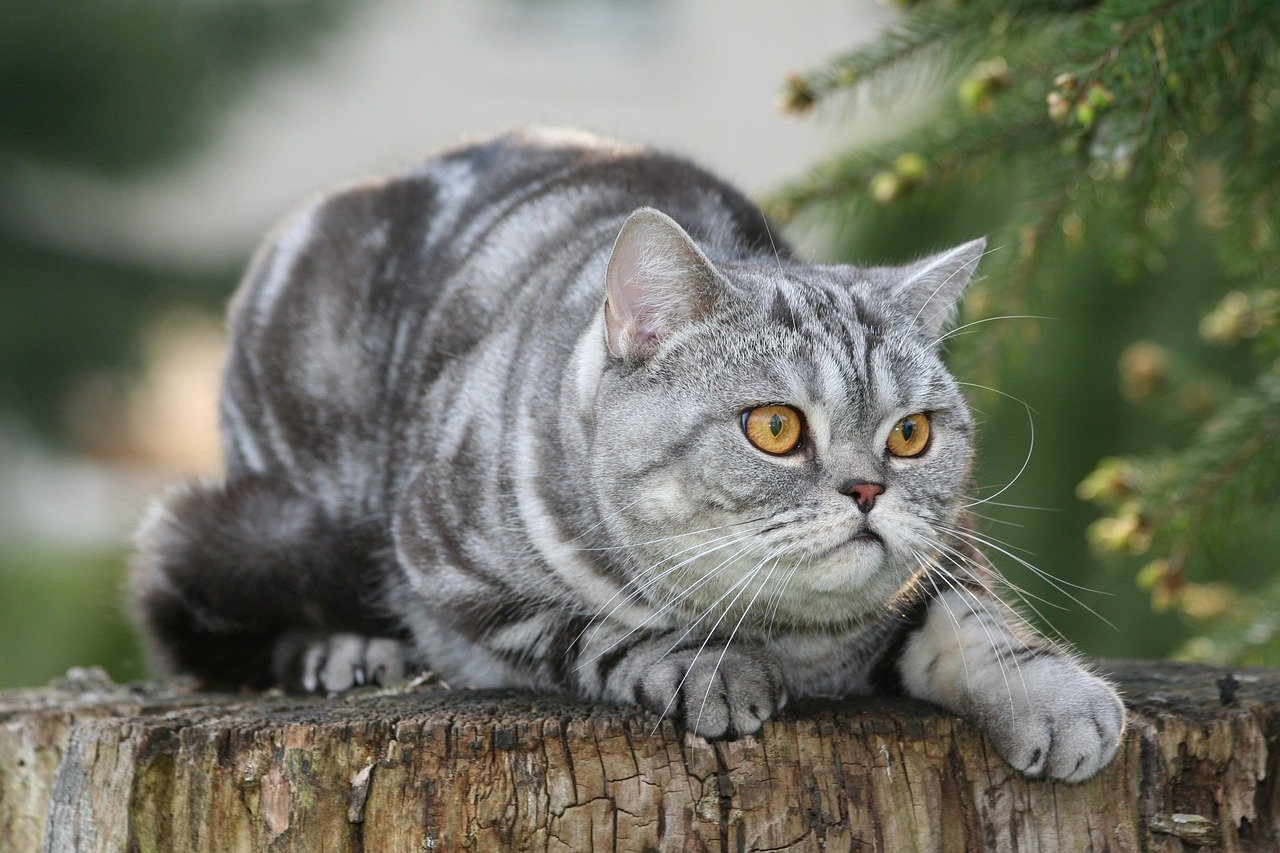
With their round faces and plush coats, British Shorthairs are masters of subtlety. This breed often communicates through the gentle flick of their tail, a gesture that can signify anything from mild irritation to playful curiosity. Their eyes, large and round, are also incredibly expressive, often reflecting their mood and intentions. British Shorthairs have a calm and composed demeanor, making their subtle gestures all the more meaningful to those who take the time to observe them closely.
Ragdoll: The Floppy Communicator
True to their name, Ragdolls are known for their relaxed and floppy nature. This breed communicates through a combination of body language and physical contact. When a Ragdoll flops into your arms or lays sprawled out on your lap, it’s a sign of trust and affection. Their large, soulful eyes also play a significant role in conveying their emotions, often looking deeply into their human companions’ eyes to express love and contentment. Ragdolls are gentle communicators, using their bodies to create a silent dialogue filled with warmth.
Abyssinian: The Interactive Observer
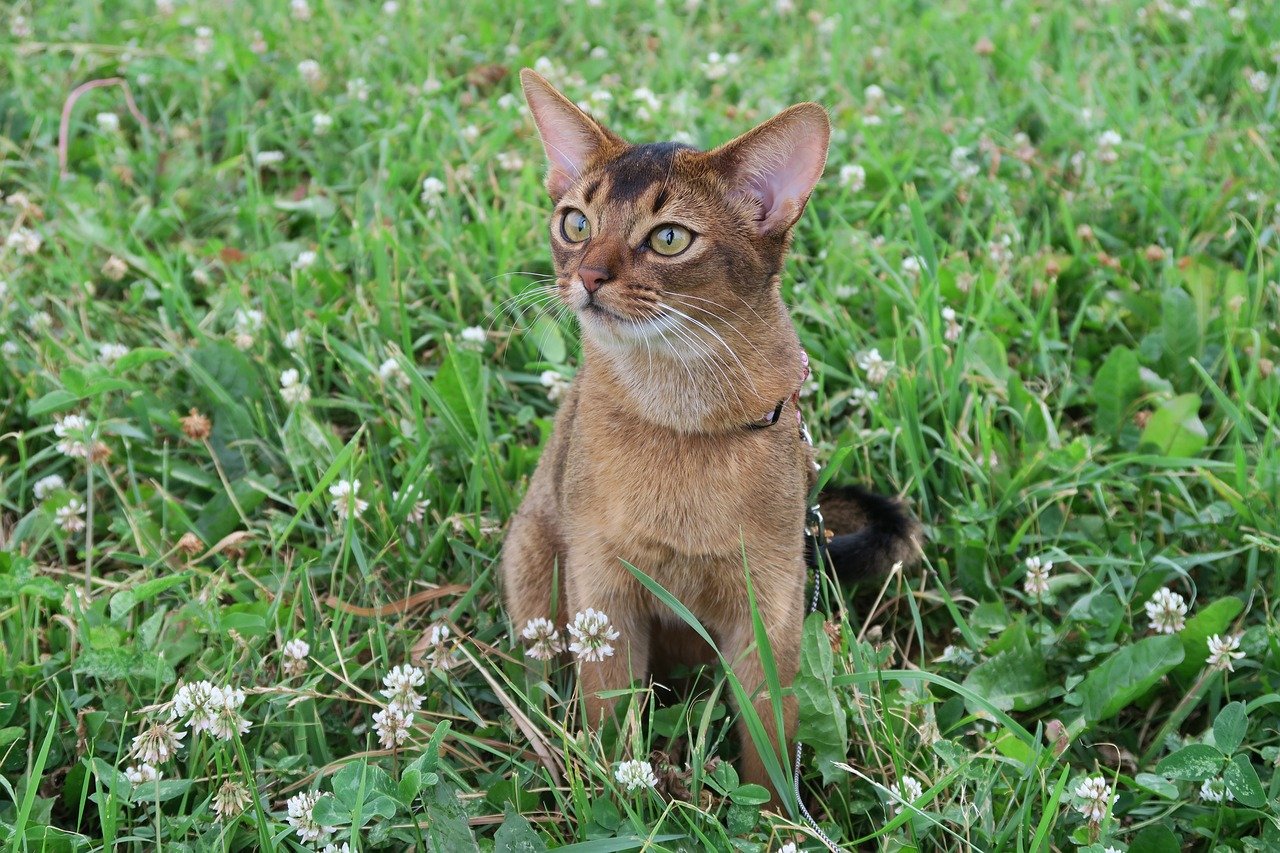
Abyssinians are known for their curiosity and intelligence, often communicating through observation and interaction. This breed uses its keen eyes to study its surroundings and engage with its environment. An Abyssinian’s body language is dynamic, often involving playful gestures like batting at toys or gently pawing their human companions. Their communication style is interactive, inviting their human friends to join in their exploration and play. Abyssinians create a silent conversation that’s both engaging and intellectually stimulating.
Persian: The Regal Presence

Persians, with their luxurious coats and regal demeanor, communicate through their presence and poise. This breed often uses its body language to convey a sense of calm and contentment. Their large, expressive eyes are key to their communication, often reflecting their mood and desires. Persians are known for their gentle nature, often using soft gestures like head nudges or gentle pawing to express affection. Their communication style is subtle yet profoundly impactful, creating a silent bond with their human companions.
Russian Blue: The Silent Observer
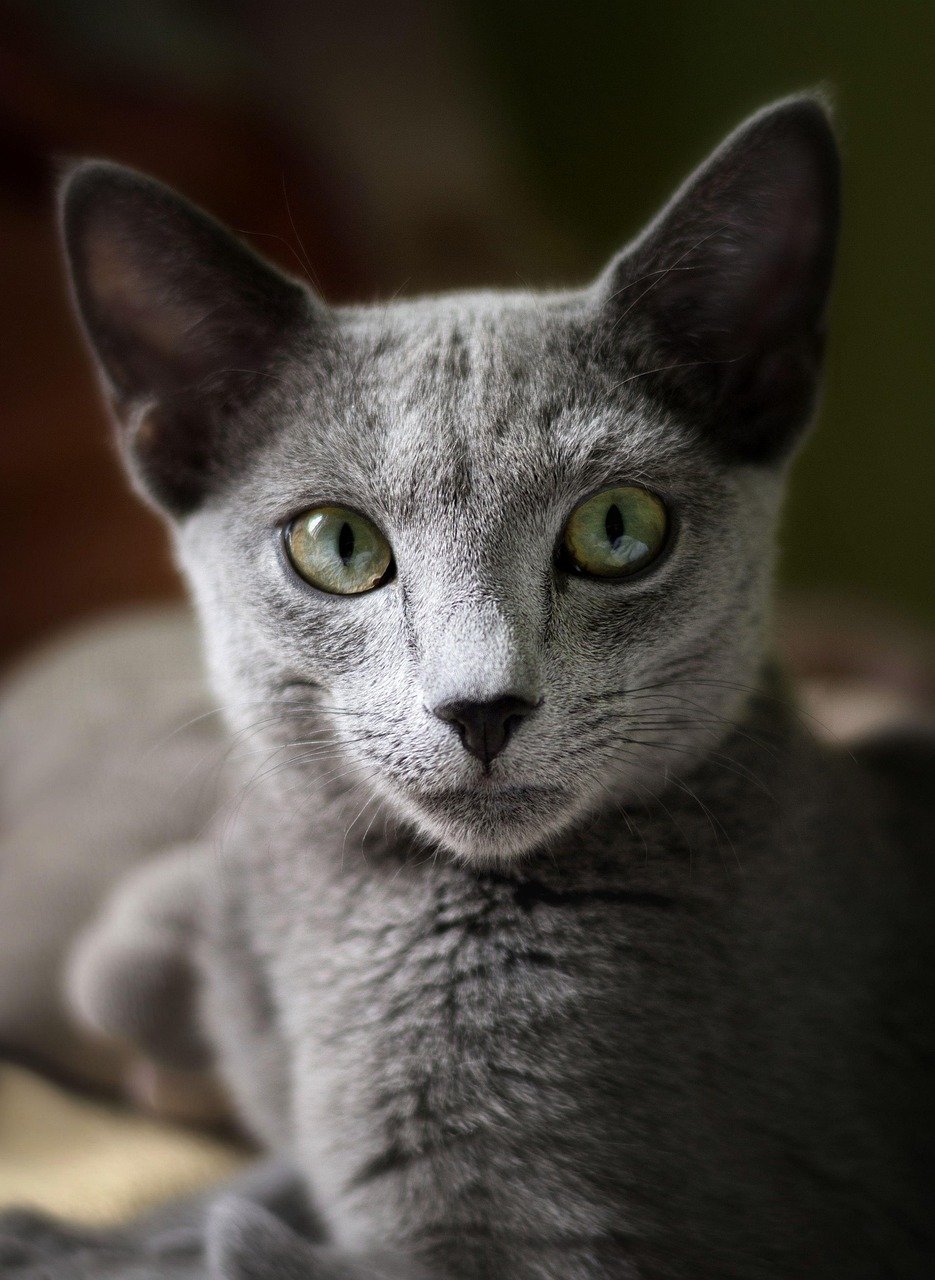
The Russian Blue is a breed that communicates through observation and subtlety. Known for their striking blue coats and piercing green eyes, they often use their gaze to convey interest or curiosity. Russian Blues are also known for their gentle nature, often using soft touches or snuggling to express affection. Their communication style is quiet and reserved, making them ideal companions for those who appreciate a more understated interaction. Despite their silence, Russian Blues create a deep and meaningful connection with their human companions.
Oriental Shorthair: The Expressive Body Language
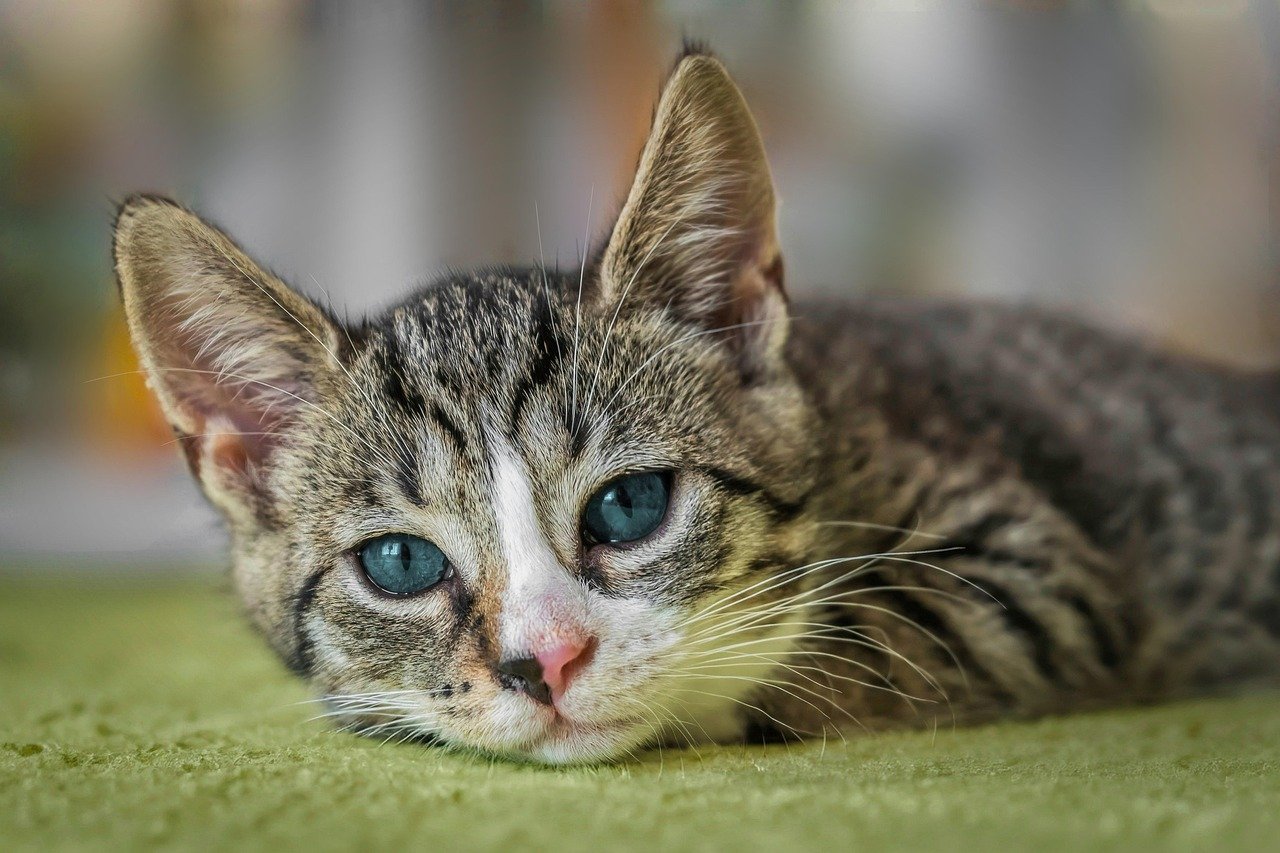
Oriental Shorthairs are known for their sleek bodies and expressive features. This breed uses its entire body to communicate, from the flick of its tail to the arch of its back. Oriental Shorthairs are highly interactive, often using playful gestures like pouncing or chasing to engage with their human companions. Their large, almond-shaped eyes are also incredibly expressive, often reflecting their mood and intentions. This breed’s communication style is dynamic and engaging, creating a silent conversation that’s both lively and captivating.
In conclusion, these cat breeds prove that communication goes beyond vocalization. Through subtle gestures, expressive eyes, and dynamic body language, they create a silent dialogue that speaks volumes. For cat enthusiasts, these breeds offer a unique opportunity to experience the rich tapestry of feline communication in its most eloquent form.
Hi, I’m Bola, a passionate writer and creative strategist with a knack for crafting compelling content that educates, inspires, and connects. Over the years, I’ve honed my skills across various writing fields, including content creation, copywriting, online course development, and video scriptwriting.
When I’m not at my desk, you’ll find me exploring new ideas, reading books, or brainstorming creative ways to solve challenges. I believe that words have the power to transform, and I’m here to help you leverage that power for success.
Thanks for stopping by, Keep coming to this website to checkout new articles form me. You’d always love it!


